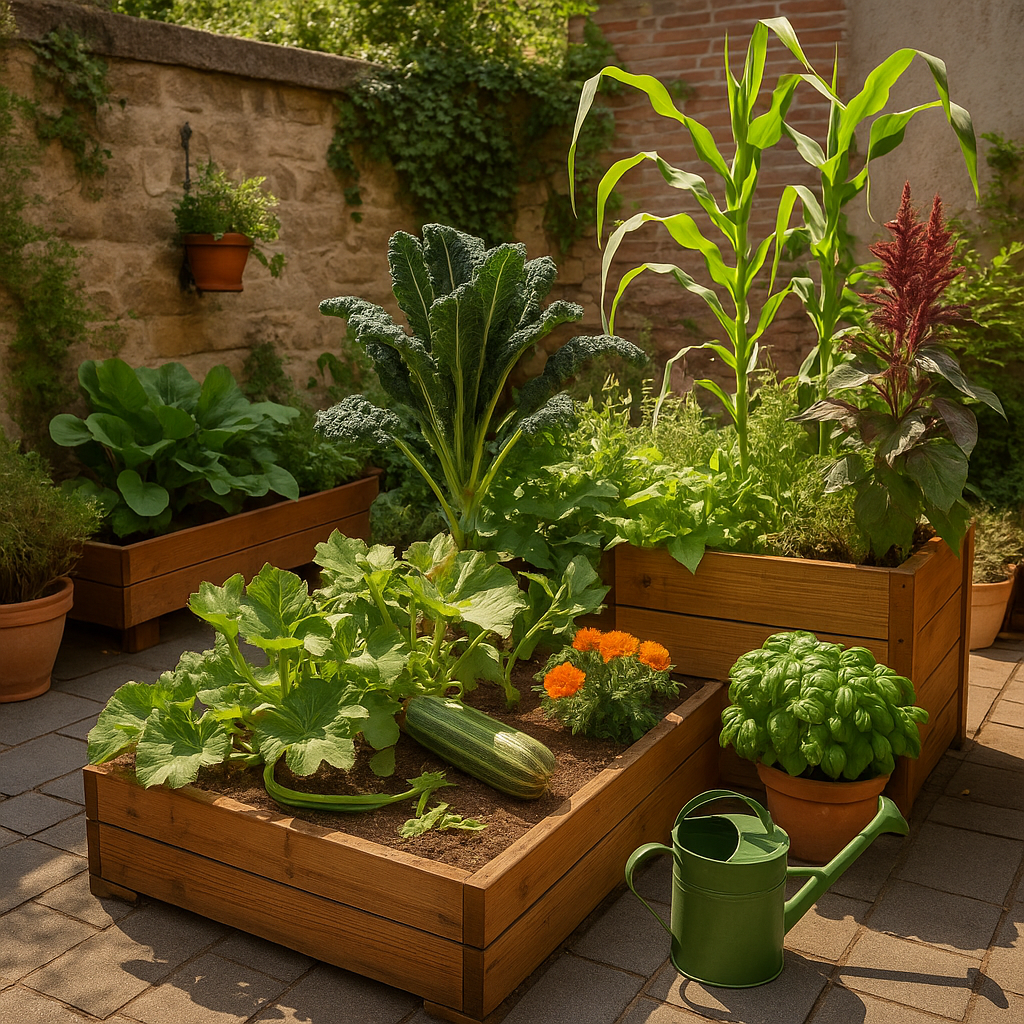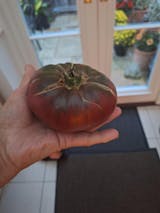Permaculture is not a question of area
Permaculture is often associated with large vegetable gardens, in the countryside, over several hundred square meters. But that would forget the very essence of permaculture: adapting to your context. And this context is sometimes... a concrete courtyard, a 3 m² balcony, or a planter placed on a windowsill.
Good news: these spaces, well thought out, can become true living oases. This guide shows you how to transform a small mineral space into a nourishing, beautiful, and sustainable place.
1. Understand your microclimate
Before setting up your space, take the time to observe:
- Sun exposure (morning, afternoon, full south or shaded).
- The wind (high balcony or protected courtyard?).
- Ambient humidity (draining or stagnant soil?).
- The materials present (concrete, wood, stone... which influence heat).
Each small space has its own microclimate. Observing it will help you choose the right locations, the right plants, and the right containers.
2. Design a living space with little
Optimize verticality
When horizontal space is lacking, think vertical:
- Install wall shelves or stacked crates.
- Make plants climb on trellises (peas, beans, nasturtiums...).
- Hanging baskets, textile pockets, hanging grow bags.
Divide the space by use
Reserve clear zones for each function:
- A growing area (planters, pots, soil bags).
- A compost area (small bucket or discreet worm composter).
- A relaxation area with a chair or a folding board.
3. What to grow in permaculture on a small space?
Compact edible plants
- Dwarf cherry tomatoes (types Balconi Yellow, Micro Tom).
- Lettuces, arugula, spinach: fast rotation cultivation.
- Radishes, beets, short carrots: perfect in deep containers.
Versatile aromatic herbs
- Thyme, basil, parsley, chives: useful, fragrant, aesthetic.
- See our collection of aromatic seeds
Useful flowers
- Marigolds: repel aphids, attract pollinators.
- Nasturtiums: edible, nicely cover edges.
Plants for the soil
Yes, even in a planter, you can sow green manure: phacelia, clover, or mustard, which will enrich your substrate between two crops.
4. Maintain without complicating
In permaculture, everything is a question of sobriety and observation:
- Mulch even your pots: dead leaves, dried grass clippings, fine wood chips.
- Recycle water (cold unsalted cooking water, rainwater).
- Use a small kitchen composter or a worm composter to naturally feed your plants.
5. Create a living dynamic, even on a small scale
On a terrace or courtyard, you can reproduce the logics of life:
- Associate complementary plants to create mini-ecosystems.
- Leave a “wild” corner (wild grass, forgotten pots) to welcome biodiversity.
- Recycle everything you can: seeds, leaves, tea leftovers, old pots.
And above all: trust nature. It always finds a way... even between two concrete slabs.
Conclusion
Creating a permaculture garden in a small space is possible, beautiful, and inspiring. A courtyard, a terrace, a planter then become places of abundance and experimentation. By observing, testing, cultivating life rather than controlling it, you will transform a few square meters into a world apart.
🌱 Discover our special small space kit to get started without mistakes.





Leave a comment
This site is protected by hCaptcha and the hCaptcha Privacy Policy and Terms of Service apply.